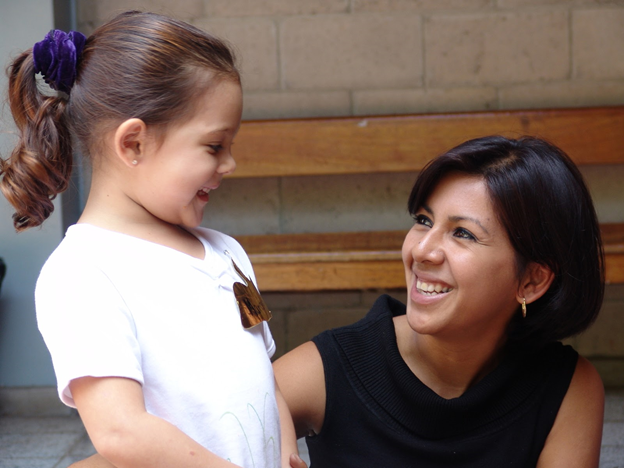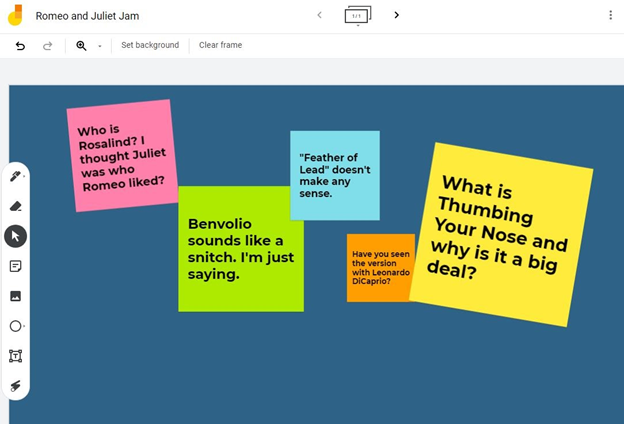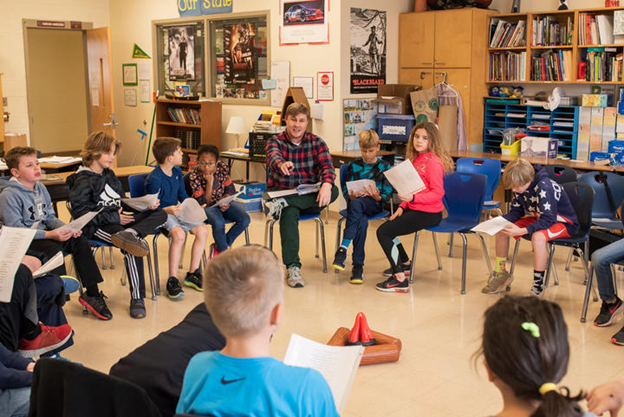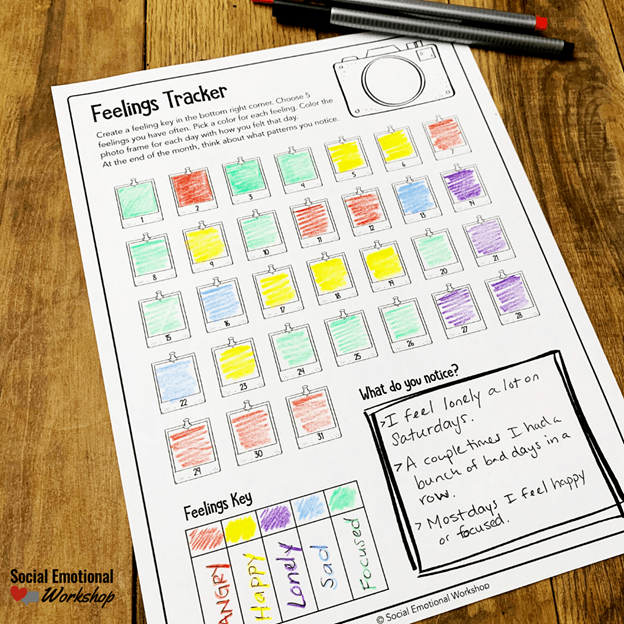5 Practices for Cultivating Relationships
Connections Matter
Let’s be honest for a moment, shall we?
I didn’t get into teaching just because I loved reading or wanted summers off. I think, like many teachers, I became an educator because I wanted to make a difference. The teachers I remember and admire from my own youth were the ones that seemed to actually care about reaching kids. I think as teacher we all have a sense that the relationships we’re building with our students matter.
And research supports that intuition. Studies show that students are more motivated to complete coursework when they feel personally connected with the class and instructor. On top of that, research suggests that even a single positive relationship with a caring adult is a powerful protective factor for vulnerable youth.
But relationships aren’t just a means to an end. We don’t just connect to students so they will engage with our content; in many ways, relationships are our content. Especially in an ELA class, so much of what we are teaching students is about how to work with other people – how to communicate, how to collaborate, and how to contribute to a community.
So we all want to build relationships – but how do we go about doing it? This question may feel particularly pressing right now, as the Covid-19 pandemic continues to disrupt our usual modes of connecting.
Fortunately, there are some concrete, intentional practices that experienced teachers use to cultivate community that can be easily adopted in any framework – remote, hybrid, or in-person.
Practice #1 – Positive Openings

Every day, the first moments of class offer us a powerful opportunity: a fresh chance to set the tone and make students feel welcome.
This process begins at the door — or as a student pops into our Zoom meeting. Proponents of PBIS suggest that just greeting a student by name goes a long way in making them feel like they are a part of what’s about to happen in class.
Another organization, The Collaborative for Academic, Social, and Emotional Learning, promotes “Positive Openings” as 1 of their 3 signature practices. Their SEL Playbook details several “Welcoming/Inclusion Activities” that can be adapted for any grade level.
My classes usually start with a skill-focused warm-up. These have been perfect for building community rituals. In some classes, I have different students read a text excerpt each day, followed by a round of encouraging “snaps” from their peers. Sometimes, I invite students into a Mindful Moment before we read. Other times, I count down and students respond with a sound effect, like a drum roll or a clapped rhythm. These rituals are small and sometimes goofy, but they make the start of class feel like something we’re all a part of, something we own together.
Practice #2 – Notice Something

If we only talk with our students about their progress in our class, that’s likely going to be the limit of our relationship. So it’s important to find touchpoints for conversations that are NOT focused on content or grades.
Many teachers start the year with student surveys. Paying attention to how students respond there can yield great conversation starters:
“I noticed you play the violin. When did you start that?”
“You like Star Wars? Me too! What did you think of the latest movie?”
“How’s the soccer team looking this year? Any big games coming up?”
These don’t need to be in-depth conversations. Just noticing and asking makes students feel seen, heard, and valued.
And you don’t have to memorize everyone’s hobbies! Mentioning a new haircut or a cool pair of shoes can mean a lot. On Zoom calls this year, I’ve made a habit of pointing out pets, posters, and plants in students’ backgrounds. This often opens up some positive chatter from across the class.
Practice #3 – Check-Ins
Making quick personal check-ins a routine part of class helps to develop a climate of openness and trust. It reinforces the sense that you care about students as actual human beings.
Check-ins can take many different forms. Maybe you have a weekly Google Form that asks students for feedback on how the class is going. Maybe you set aside a whole day each quarter to have individual 2-minute conferences.
In hybrid and remote models, SEL Check-In Boards work well as the first slide in a Powerpoint or PearDeck. I’ve begun using the Zoom chat to have students answer a quick question about goals, highlights, or something they are proud of every Friday. What’s been great about this ritual is the way it encourages students to use the chat to celebrate and congratulate each other.
Practice #4 – Opportunities for Peer-to-Peer Connection
Class community isn’t just about how each student relates to the instructor – it’s also about how students connect to each other.
Cultivating peer-to-peer connections can feel especially difficult in hybrid or remote learning. With everyone defaulting to “mute” on Zoom, the typical banter and side conversations that used to occur naturally are suddenly just… gone.
So, we’ve got to be even more intentional about crafting opportunities for connection. I’ve found that short Paidea-style Seminars are actually very effective over Zoom. LMS-based discussion boards, Padlets, and Google Jamboards can create similar spaces for connection and conversation outside of the normal class period. Be intentional about designing these activities in ways that require students to actively listen and respond to each other.

I’ve also found that putting students into small teams to complete specific tasks in Zoom Breakout Rooms leads to more connectivity than keeping everyone in the main Zoom the whole time. In designing break-out tasks, be clear about the process students should follow. Offer a list of group roles to assume and give them a specific question to answer or product to create that will be shared back with the whole class.
Practice #5 – Shared Storytelling

Perhaps the most meaningful and rewarding experience I’ve had in remote teaching was a whole-class performance of Romeo and Juliet via Zoom. Everyone had a role. Students changed their Zoom screen names to match their characters; some showed up in costume. I dropped almost all of the analysis activities and assignments I would normally use with that text in favor of just bringing the play to life with my students (with plenty of pauses to help them unpack the complicated language). Something magical happened over the course of this process. It felt like we were putting on a TV show together every day. We were connected by the shared storytelling.
Shared storytelling can be as simple having students take turns reading chunks of text aloud. For longer texts, you could use a form of distributive summarizing to have pairs or small groups give an overview of a chapter or a section to the rest of the class. What’s important is letting the text come alive for students – making it feel like a journey you’re undertaking together.
What They Will Remember

In my first year of teaching, when I was worrying over whether a lesson had gone badly or if I had handled a student interaction poorly, my mentor teacher would often remind me of a quote from Dr. Maya Angelou:
“I’ve learned that people will forget what you said, people will forget what you did, but people will never forget how you made them feel.”
These 5 practices may be small. Any one thing we say or do may be dismissed. But over the long-run they add up to something for our students: the feeling that they are seen, that they are heard, and that they belong.




